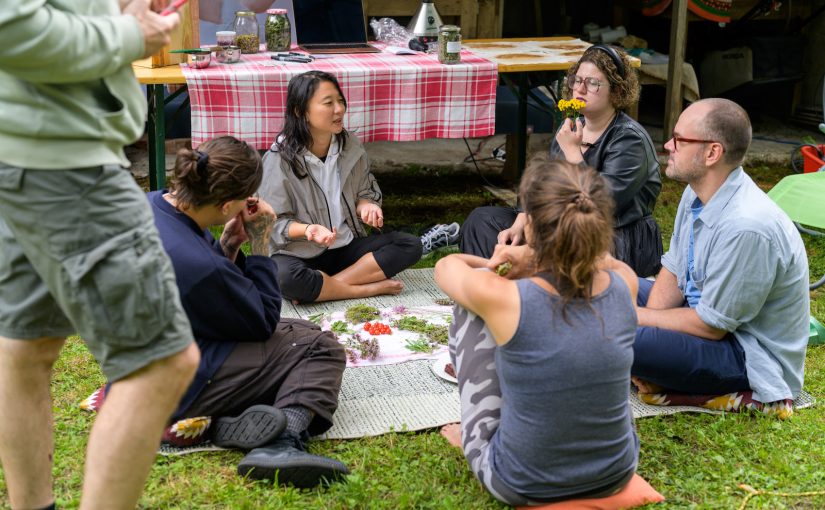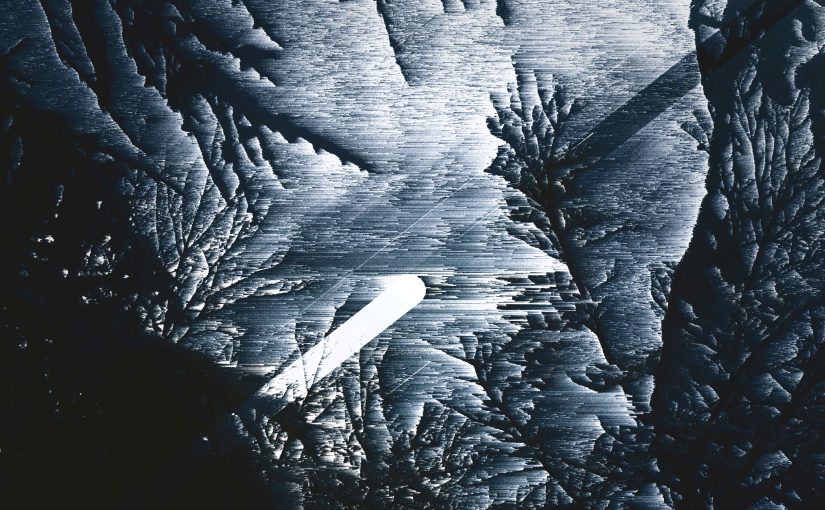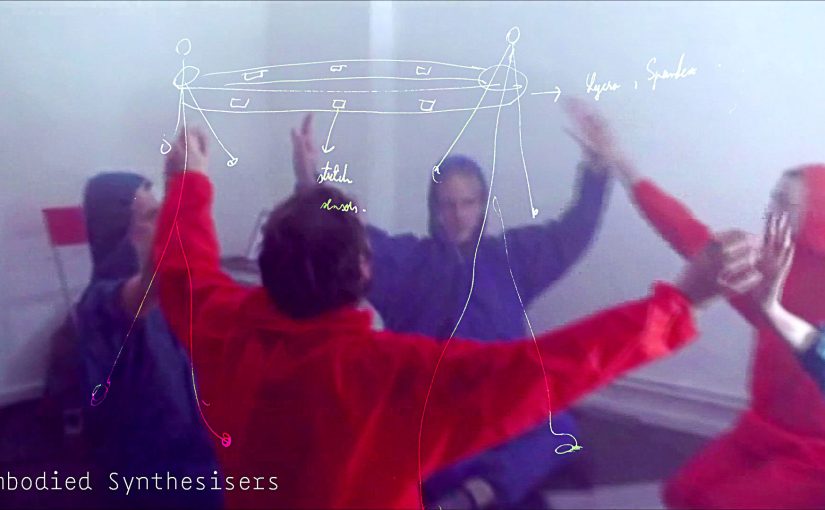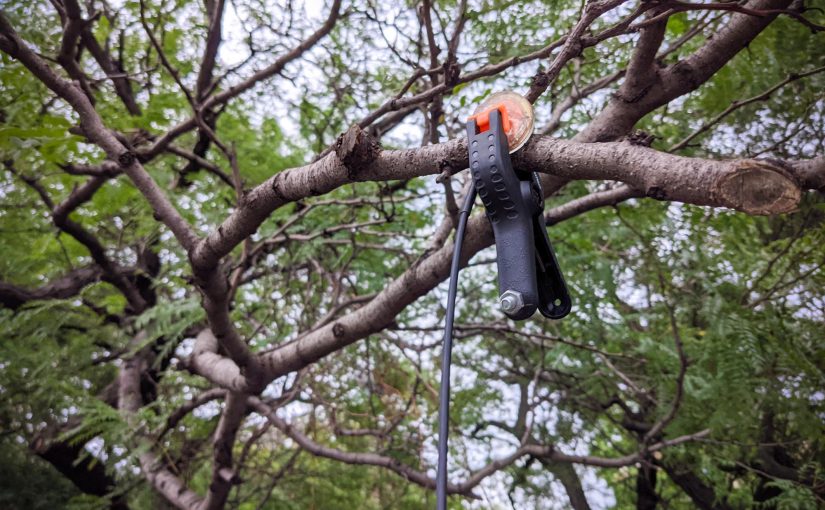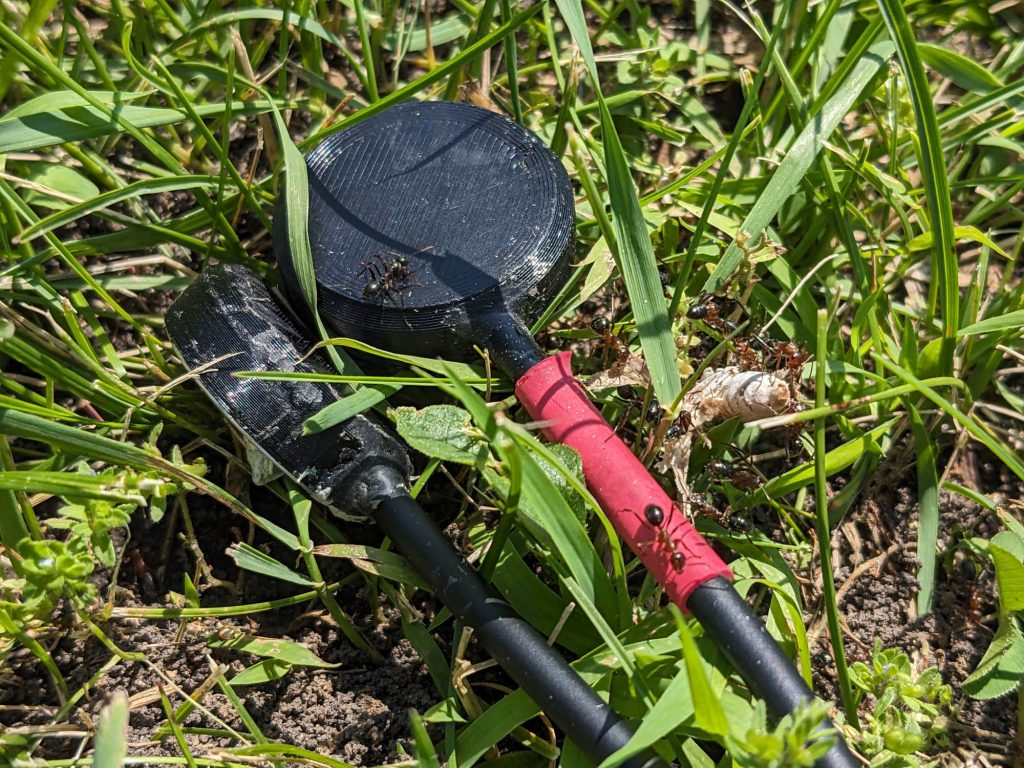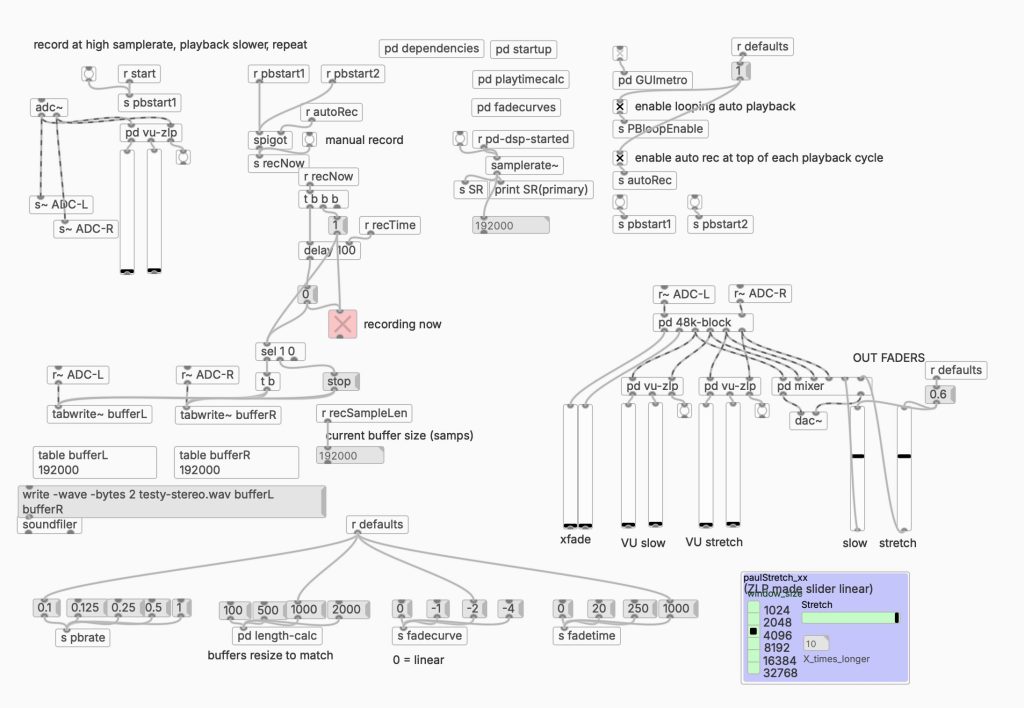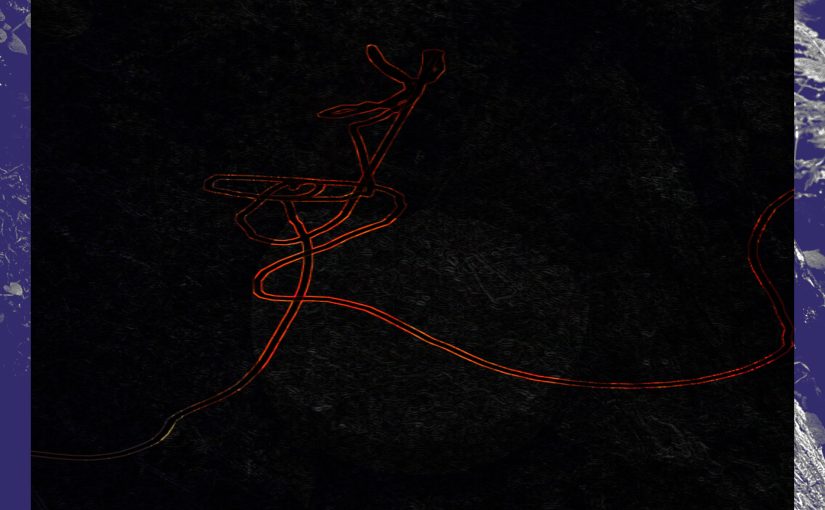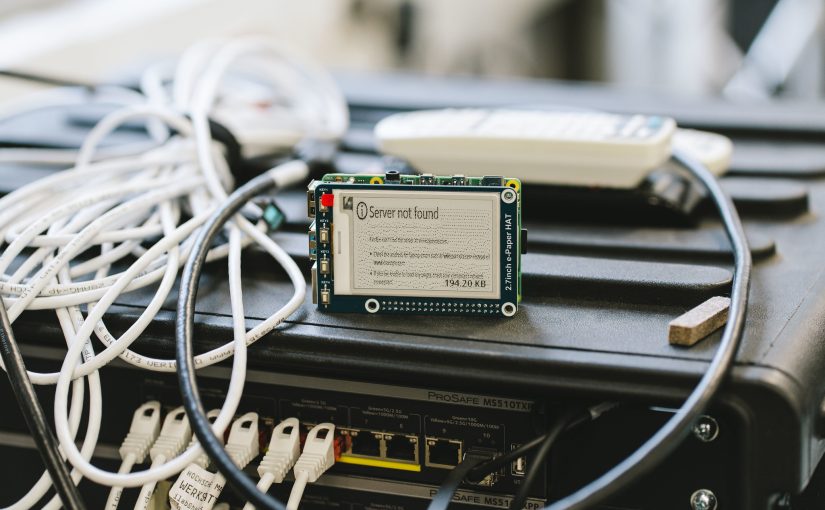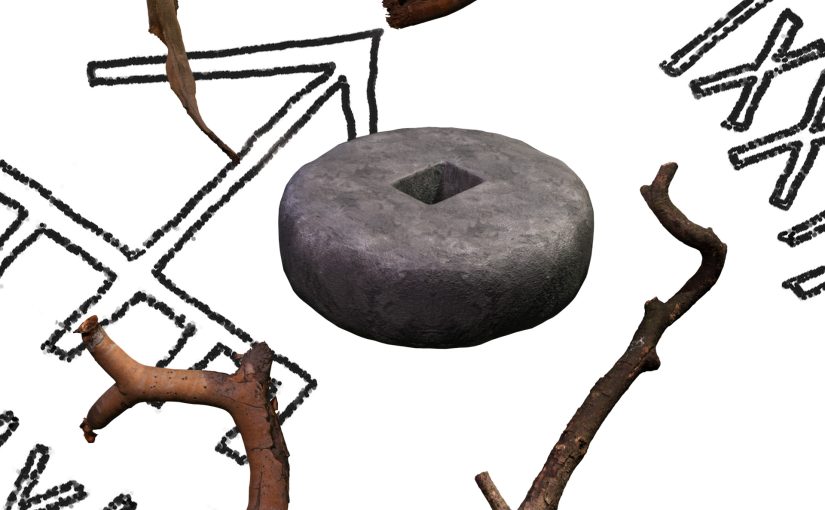This summer, we’re excited to welcome Austrian artist and food experience designer Fransisca Tan to PIFresidency. During her stay, she will lead a series of workshops exploring the intersections of food, art, and identity. Rooted in both personal and collective experience, the series treats food not only as sustenance but as a medium of artistic expression.
The residency will focus on community-oriented food practices, drawing connections between the rituals of food preparation and the creative process. Activities will unfold through field explorations, intimate research sessions, hands-on workshops, and will culminate in a final presentation, inviting participants to reflect on food not just as sustenance, but as a material for making, a metaphor for change, and a shared cultural language. During her residency several experimental workshops are planned in the degraded landscapes of Krater, a creative laboratory in a construction pit in Ljubljana, and during PIFcamp, in the pristine nature of upper Soča valley.
First in the series of workshops will happen on Friday, 25th July, 5PM @Krater, Ljubljana
So, If you’re a PIFcamper arriving on Friday in Ljubljana or passing through that day, join us for a session with Francisca! You can let us know by writing at: delavnice@projekt-atol.si
Link to the event: Food & Childhood: How to explore the spring of life through food?
Second Session – Monday, 28th July @PIFcamp, Soča
The series of workshops will continue at PIFcamp with a sensory introduction session: Sensory meditation with breakfast items – a gentle start of the day and a deep dive into taste, memory, and presence.
Later in August, the series returns to Ljubljana for more workshops open to all – stay tuned and folow the website here: Event series: Flavours of transformation
